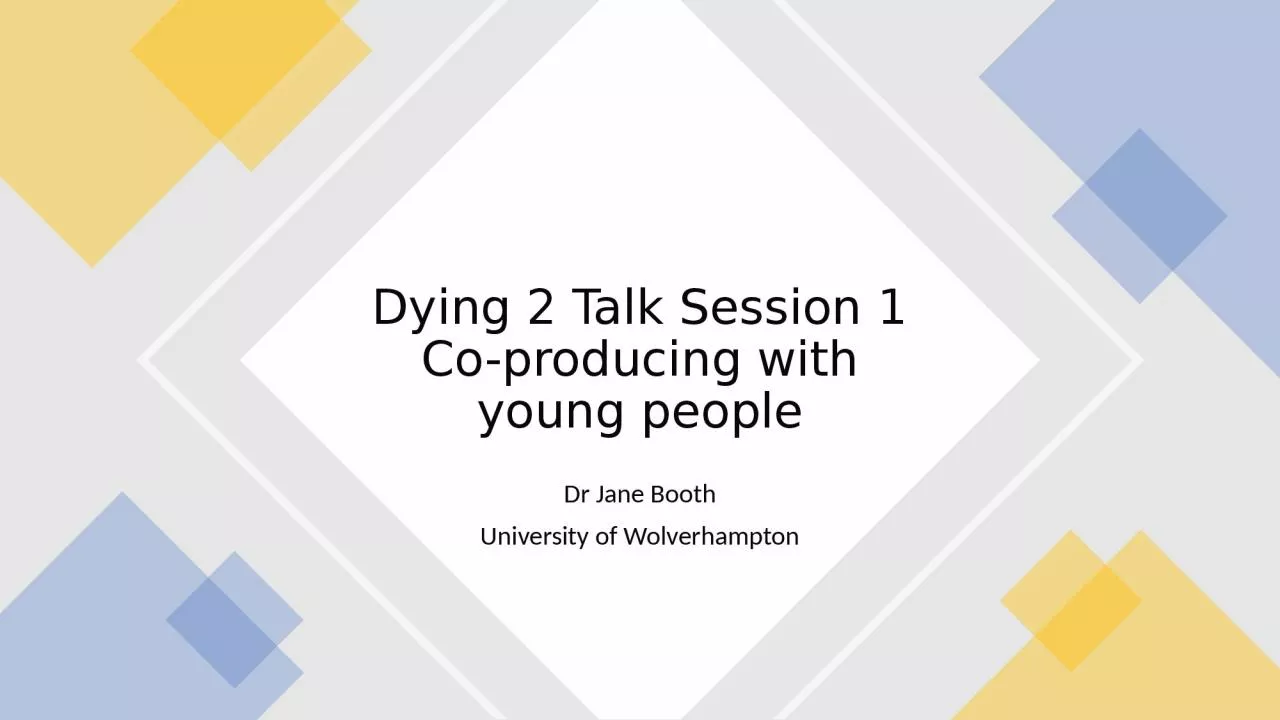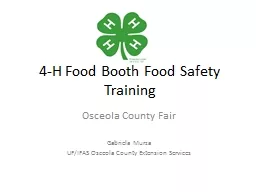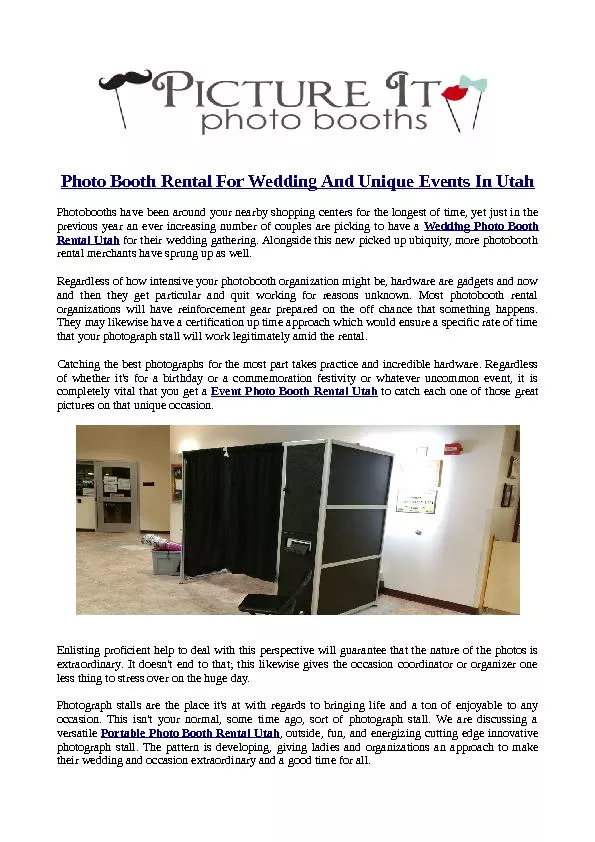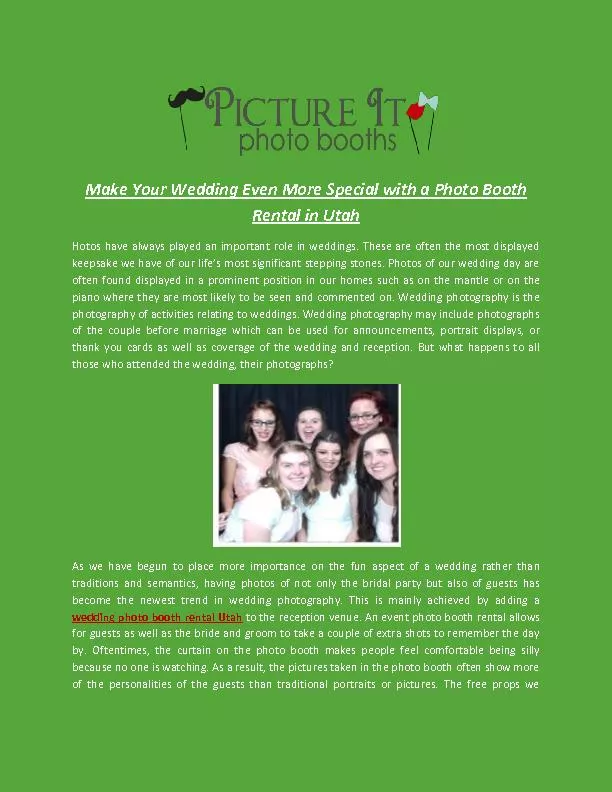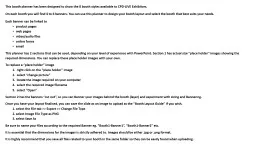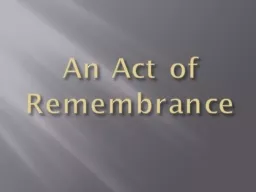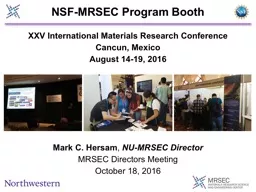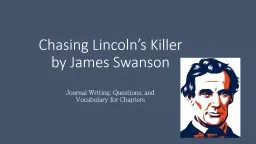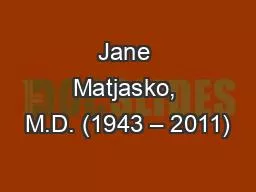PPT-Dr Jane Booth University of Wolverhampton
Author : faith | Published Date : 2024-03-15
Dying 2 Talk Session 1 Coproducing with young people Why Dying 2 Talk Conversations with Bradford Bereavement Support and Child Bereavement UK Continuing Bonds University
Presentation Embed Code
Download Presentation
Download Presentation The PPT/PDF document "Dr Jane Booth University of Wolverhampto..." is the property of its rightful owner. Permission is granted to download and print the materials on this website for personal, non-commercial use only, and to display it on your personal computer provided you do not modify the materials and that you retain all copyright notices contained in the materials. By downloading content from our website, you accept the terms of this agreement.
Dr Jane Booth University of Wolverhampton: Transcript
Download Rules Of Document
"Dr Jane Booth University of Wolverhampton"The content belongs to its owner. You may download and print it for personal use, without modification, and keep all copyright notices. By downloading, you agree to these terms.
Related Documents

